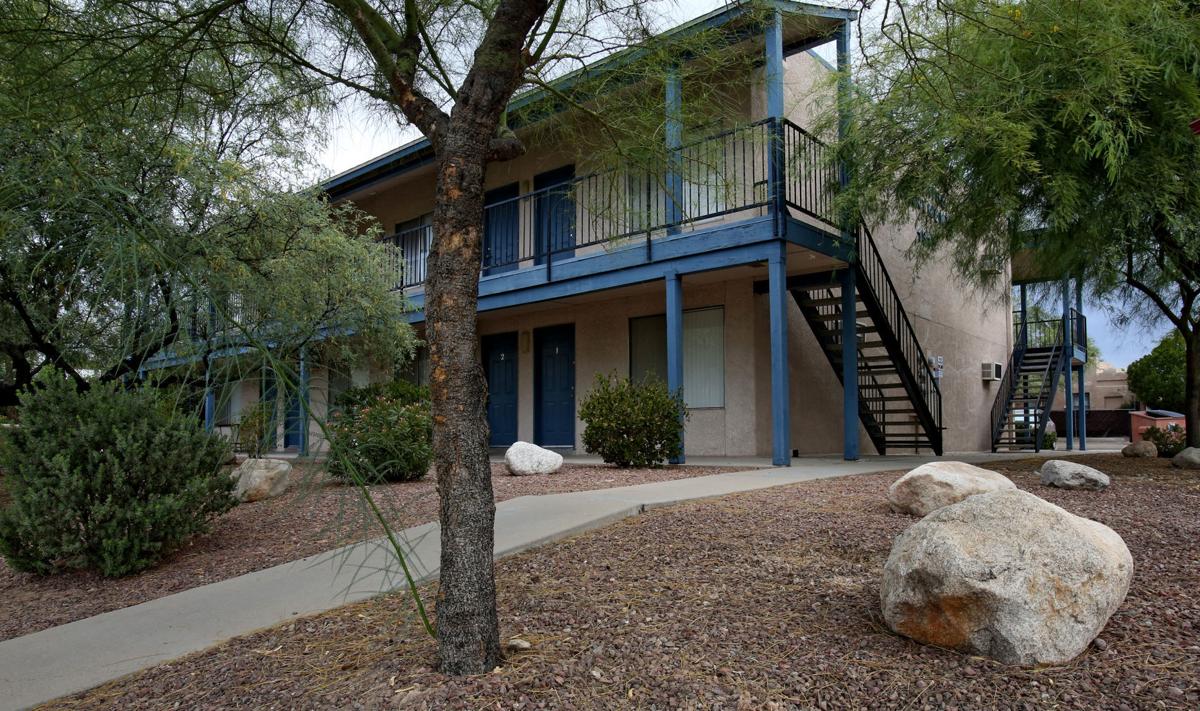A new report says the typical Arizona renter needs to work more than a 40-hour week, or share the rent, to afford a two-bedroom unit.
New data from the National Low Income Housing Coalition shows Arizonans, on average, earn nearly 11 percent less than the national median, even with the increased minimum wage of $10 an hour.
The organization, looking at local incomes and rents, figures it takes 1.1 full-time jobs at the state’s estimated hourly mean renter wage to be able to afford a two-bedroom unit.
Nationally the figure is 1.3, which puts Arizona in the most affordable half among the states.
By “afford,” the coalition presumes that means giving no more than 30 percent of one’s income to the landlord.
Statewide, rents are running $913 a month, on average. But with the nearly 900,000 renters making a mean wage of $16.02 an hour, an “affordable” rent would be $833 a month.
Put another way, the typical Arizona renter would need to be earning $17.56 an hour to keep housing costs below 30 percent of gross income.
Arizonans in many communities are spending more than that 30 percent figure.
In Pima County, the typical renter earns $13.21, according to the report. Using that as a touchstone, an affordable rent would be $687 a month.
In the real world here, however, rents run an average of $867 a month — or 1.3 times what would be considered affordable on that 30 percent standard.
On the highest end, the coalition figures average rent in Coconino County, dominated by Flagstaff, at $1,037 a month.
The more than 18,700 renter households in that area have an estimated hourly wage of $12.43. That puts their “affordability” at $646 a month.
Put another way, the report says the only way someone could rent in Flagstaff — and keep it within that standard of 30 percent of income — is to have 1.6 jobs at the median wage, presumably meaning someone else sharing the cost.
The most affordable place for Arizona renters is Greenlee County. Rents there are relatively inexpensive by Arizona standards: $681 a month versus $913 statewide and $731 for non-metropolitan areas.
But the real difference is the area income. The coalition figures the 1,726 renters in Greenlee County have a mean income of $41.53, courtesy of the mining jobs there.
Residents there could pay up to $2,160 a month for a two-bedroom apartment before hitting the 30 percent touchstone for what is considered affordable.
By comparison, the more than 42 million renters nationally have mean wages of $16.38 a month.
That puts affordable housing at $852 monthly. But average rents run $1,103 a month, meaning it takes the wages of 1.3 full-time workers to keep rents within that 30 percent affordability figure.
The worst place for renters?
Nationwide, that would be in Hawaii, where the coalition figures that rents run $1,830 a month. That means to keep rents affordable, someone would need to be earning $35.20 an hour; the actual mean renter makes $15.64.
For metro areas, the biggest gap is in and around San Francisco, where the average renter makes $35.40 an hour but would need hourly income of $58.04 to afford a two-bedroom unit.
Part of the problem, according to the coalition, is that incomes have not kept pace with rental costs.
The report says that between 2007 and 2015, the mean gross rent increased by 6 percent after adjusting for inflation. The mean income for renter households rose by just 1 percent.





